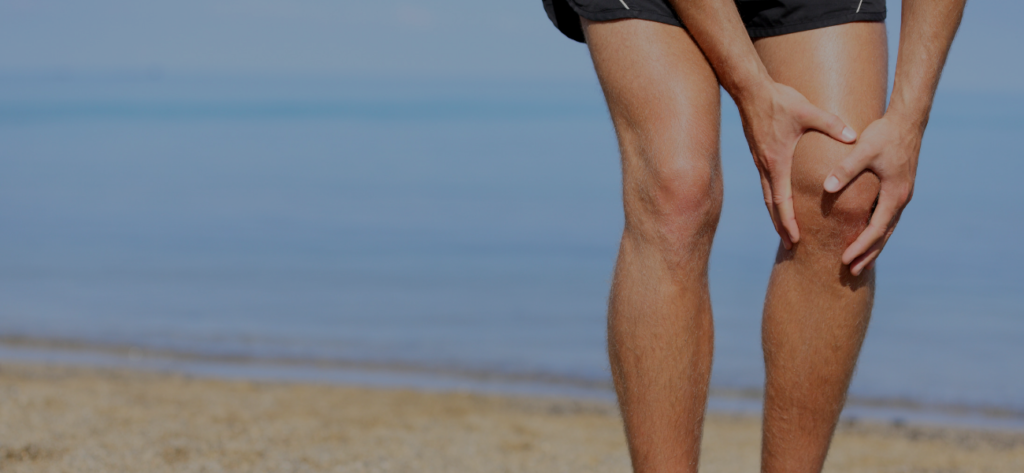Your knees help absorb force with every step you take, so it should come as no surprise that they are prone to natural degeneration and injury over the years. When it comes to knee pain, we’ve seen it all and treated it all. From patients with early onset osteoarthritis to meniscus and ACL tears, we can help get your knees back to a pre-injury level of health.
But how exactly does physical therapy help to improve an injured knee? We explain five ways we target your knee and improve its function through a physical therapy routine.

How Physical Therapy Can Help Your Knees
Here’s a look at five ways your physical therapist will help improve your knee function depending on your underlying injury.
- Strengthening – Strengthening is the basis of most physical therapy routines. Whether we’re working to restrengthen injured ligaments or building up nearby muscle groups, we’re working on improving the physical strength of key components in and around your knee.
- Stability – For athletes recovering from ACL or meniscus tears, regaining trust during certain movements is key to their recovery, and this can be achieved through stability training. This will involve some soft tissue strengthening, but it also involves slowly building up tolerance in nearby areas that support your knee. This way you can have confidence putting your full body weight through the leg once you’ve progressed through your physical therapy routine.
- Range of Motion – Knee osteoarthritis can make certain movements painful, and while we can’t reverse all the damage done by the condition, we can help to gradually improve your range of motion. Not only will this allow you to be more flexible in the joint, but the movements should also be less painful. For older individuals, range of motion exercises can also help to prevent against fall injuries.
- Gait Normalization – If you’ve been compensating for a weak knee or one that is recovering from surgery, there’s a decent chance that your gait or normal walking pattern has been affected. Whether you’re walking with a noticeable limp or just a slight hitch in your step, we can help to get your gait back to normal. Even if you think you’re walking fine, we can conduct some tests to see if pressure is being abnormally dispersed as you walk. Even minor imperfections in your gait can lead to added stress on your hips or spine, so we can help prevent other issues by ensuring your knee isn’t contributing to gait abnormalities.
- Balance – Finally, balance is another key area that we can target through physical therapy. Whether our goal is to help prevent falls in older populations or give you the balance you need to thrive during high school athletics, we can help improve your balance and give you a leg up on whatever is troubling you.
For more ways we help with knee issues, or to talk to a PT about your knee discomfort, reach out to OrthoRehab Specialists today.
- How To Protect Your Spine On The Golf Course - April 2, 2025
- Beyond Pain Relief – 4 Additional Benefits Of Physical Therapy - March 31, 2025
- Why The McKenzie Method Can Be So Effective For Treating Back Pain - March 26, 2025
